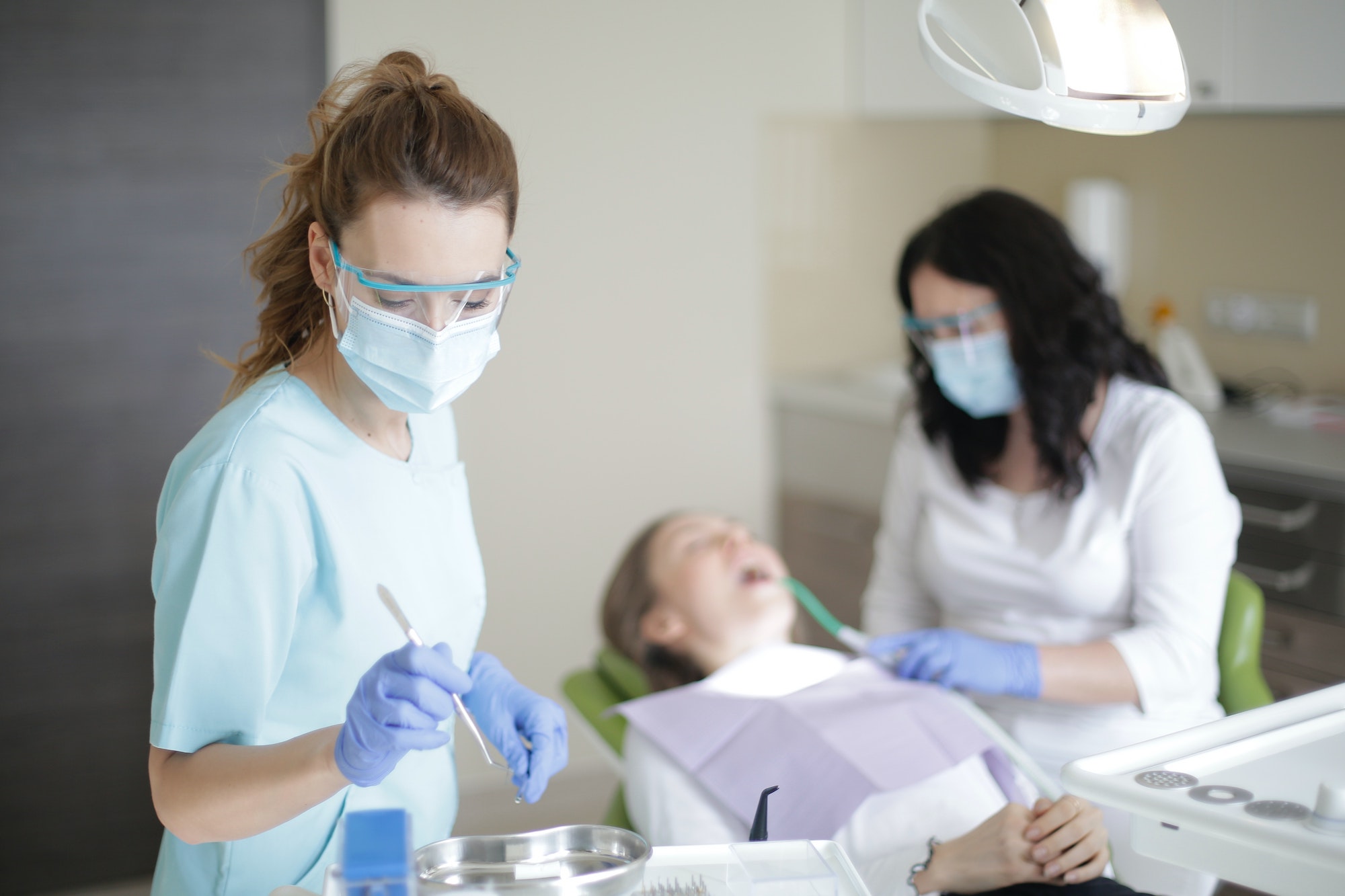Unlocking the Potential of Intraoral X-Ray Systems
Intraoral X-ray systems have emerged as a valuable tool in dental radiography, offering numerous benefits for clinicians and patients alike.
This article explores the potential of intraoral X-ray systems by examining their advanced features, workflow optimization capabilities, and impact on diagnostic accuracy. Additionally, common challenges encountered during the implementation of intraoral x-ray systems will be addressed.
By delving into the technical aspects and research findings surrounding these systems, this article seeks to provide a comprehensive understanding of their potential in modern dentistry.
Unlocking the Potential of Intraoral X-Ray Systems
Understanding the Benefits of Intraoral X-Ray Systems
The benefits of an intraoral x-ray system encompass improved diagnostic capabilities, reduced radiation exposure, and enhanced patient comfort.
Intraoral X-ray systems have revolutionized the field of dentistry by providing high-resolution images that aid in the detection and diagnosis of various dental conditions. These systems offer superior image quality compared to traditional radiographic methods, allowing for better visualization of dental structures such as tooth roots and surrounding tissues.
Additionally, intraoral x-ray systems utilize lower doses of radiation compared to conventional radiography techniques, thereby minimizing radiation exposure for both patients and dental professionals.
Moreover, these systems are designed with patient comfort in mind, featuring smaller sensor sizes that fit comfortably inside the mouth and reduce discomfort during imaging procedures.
Overall, intraoral x-ray systems play a crucial role in improving patient comfort while simultaneously minimizing radiation exposure risks associated with dental radiography.
Exploring the Advanced Features of Intraoral X-Ray Systems
Exploring the advanced features of intraoral X-ray systems allows for a comprehensive understanding of their capabilities and potential applications. These systems have been designed to improve patient comfort and reduce radiation exposure, thus addressing two significant concerns in dental radiography.
One such feature is the use of rectangular collimation, which limits the x-ray beam to only cover the area of interest, thereby minimizing unnecessary exposure to surrounding tissues.
Additionally, modern intraoral X-ray systems incorporate digital sensors that offer higher sensitivity and dynamic range compared to traditional film-based techniques. This enables optimal image quality with lower radiation doses.
Furthermore, advanced software algorithms are employed for image enhancement and noise reduction, resulting in clearer images while further reducing the need for retakes and subsequent exposures.
Optimizing Workflow With Intraoral X-Ray Systems
Optimizing workflow with advanced features of intraoral X-ray systems involves streamlining processes to maximize efficiency and productivity in dental radiography practices. By implementing these advanced features, such as automated image processing and instant image preview, the overall workflow can be significantly improved.
These features allow for faster image acquisition and analysis, reducing the time required for each patient’s radiographic examination. Additionally, intraoral X-ray systems with integrated digital imaging software enable seamless integration with electronic health records (EHR) systems, eliminating the need for manual data entry and reducing errors.
This integration also facilitates better collaboration between dental professionals by allowing them to access patient images and reports remotely. Furthermore, the ability to customize imaging protocols based on specific diagnostic needs ensures that resources are utilized effectively, further improving efficiency in dental radiography practices.
Overall, optimizing workflow through the use of advanced features enables dental professionals to streamline processes and improve efficiency in their daily practice.
Enhancing Diagnostic Accuracy With Intraoral X-Ray Systems
Enhancing diagnostic accuracy in dental radiography practices can be achieved through the utilization of advanced features offered by intraoral imaging technology.
Intraoral X-ray systems have evolved over the years to provide high-resolution images that aid in accurate diagnosis and treatment planning. These systems offer various advanced features, such as digital image enhancement algorithms, which improve image quality and enable better visualization of dental structures.
Additionally, the use of sensor technologies allows for improved detection of caries and periapical pathologies. This enhanced diagnostic accuracy not only helps in delivering more precise treatment but also contributes to improving patient comfort by minimizing the need for retakes or additional exposures.
Moreover, intraoral X-ray systems are designed to minimize radiation exposure through optimized exposure settings and collimation techniques, ensuring that patients receive the lowest possible dose while still obtaining diagnostically valuable images.
Overcoming Common Challenges in Implementing Intraoral X-Ray Systems
Implementing intraoral imaging technology in dental radiography practices can present various challenges that need to be overcome for successful integration and utilization. One of the main challenges is the initial cost involved in acquiring and installing this new technology. The cost includes not only the purchase of the intraoral X-ray system but also any necessary upgrades to existing infrastructure.
Additionally, there may be a learning curve for dental professionals who have been accustomed to traditional film-based radiography. Training and education on how to properly use and interpret images produced by intraoral x-ray systems are crucial to ensure accurate diagnoses and treatment planning.
Furthermore, ensuring patient safety is paramount when implementing new technology. This involves proper infection control protocols, such as regularly disinfecting intraoral sensors or protective barriers, as well as adhering to radiation safety guidelines to minimize unnecessary exposure.
Overall, overcoming these challenges requires careful planning, adequate resource allocation, continuous training, and strict adherence to safety protocols.









